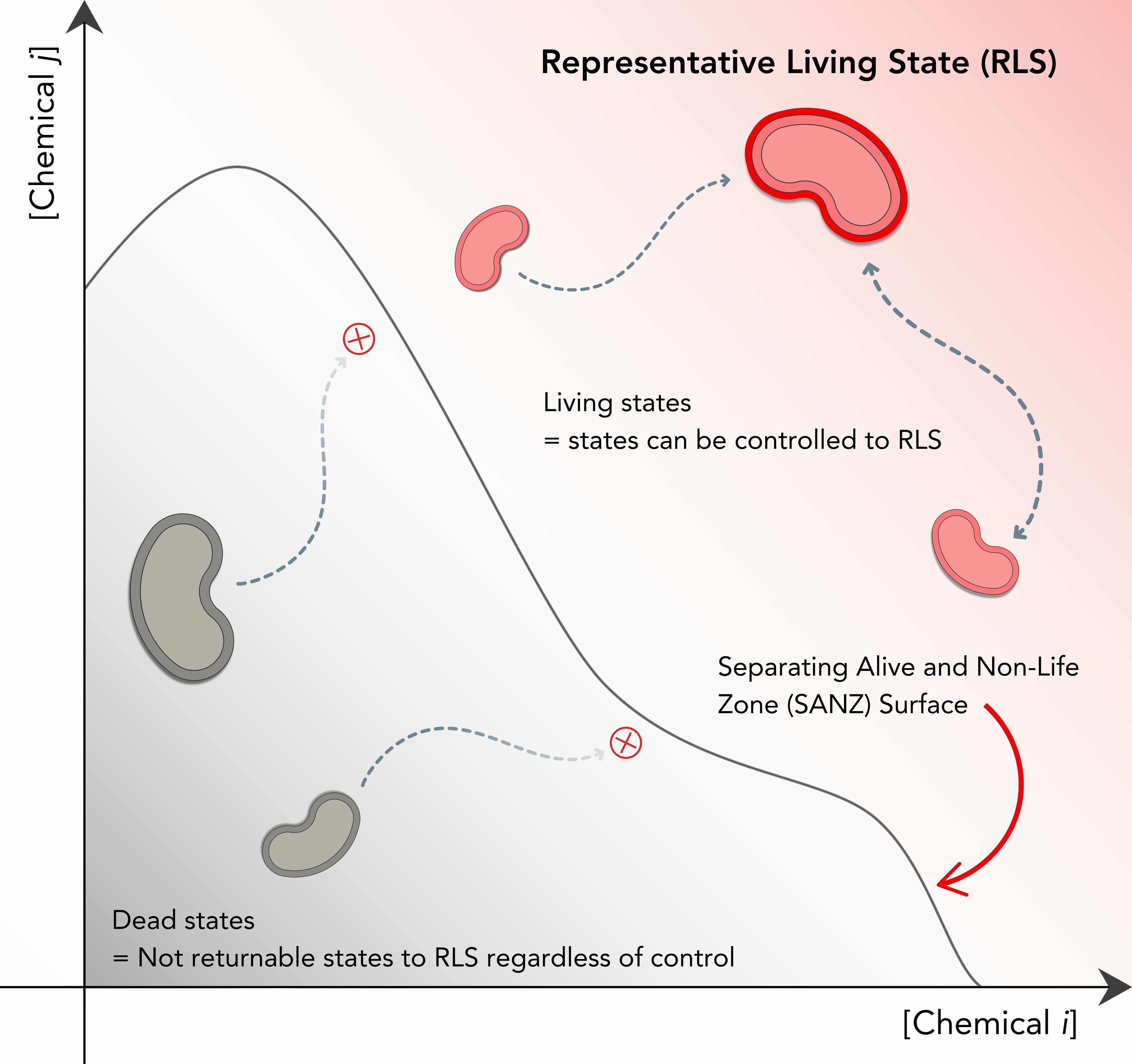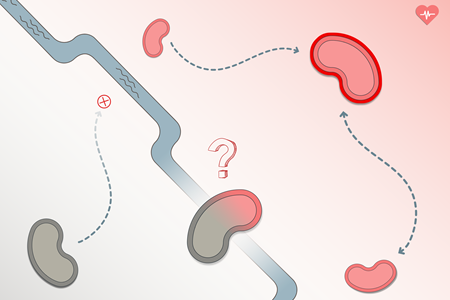
Cellular death is a fundamental concept in the biological sciences. Given its significance though, its definition depends on the context in which it takes place, and lacks a general mathematical definition. Researchers from the University of Tokyo propose a new mathematical definition of death based on whether a potentially dead cell can return to a predefined “representative state of living,” which are the states of being that we can confidently call “alive.” The researchers’ work could be useful for biological researchers and future medical research.
While it’s not something we like to think about, death comes for us all eventually, whether you’re an animal, a plant, or even a cell. And even though we can all differentiate between what is alive and dead, it might be surprising to know that death at a cellular level lacks a widely recognized mathematical definition. Given that cell death plays such an important role in various biological processes and can have important health implications, it’s of critical importance to understand what we really mean by cellular death, especially in research.
“My long-term scientific goal is to understand the inherent difference between life and nonlife, mathematically; why the transition from nonlife to life is so difficult, while the other way around is so easy,” said Assistant Professor Yusuke Himeoka from the Universal Biology Institute. “Our aim in this project was to develop a mathematical definition and computational method to quantify the life-death boundary. We were able to do this by exploiting an important feature of biological reaction systems, specifically enzymatic reactions within cells.”

Himeoka and his team proposed a mathematical definition of cell death. It’s based on the way cellular states including metabolism can be controlled by modulating the activities of enzymes. They define dead states as those states from which cells cannot return to an apparent “living” state, regardless of the modulation of any biochemical processes. This led them to develop a computational method for quantifying the life-death boundary, which they call “stoichiometric rays.” The method was developed by focusing on enzymatic reactions and the second law of thermodynamics, which states that systems naturally move from ordered to disordered states. Researchers could use these methods to better understand, control, and possibly even reverse, cellular death in controlled lab experiments.
“This method of computation is not applicable to autonomic systems, however, the systems which make the machinery for control, such as proteins. Autonomy is one of the hallmarks of living systems. I would like to extend our method so that it can also be applied to these,” said Himeoka. “We naively believe that death is irreversible, but it is not so trivial and does not have to be the case. I believe that should death come more under our control, human beings, our understanding of life, and society will change completely. In this sense, to understand death is crucial in terms of science and also in terms of social implications.”







